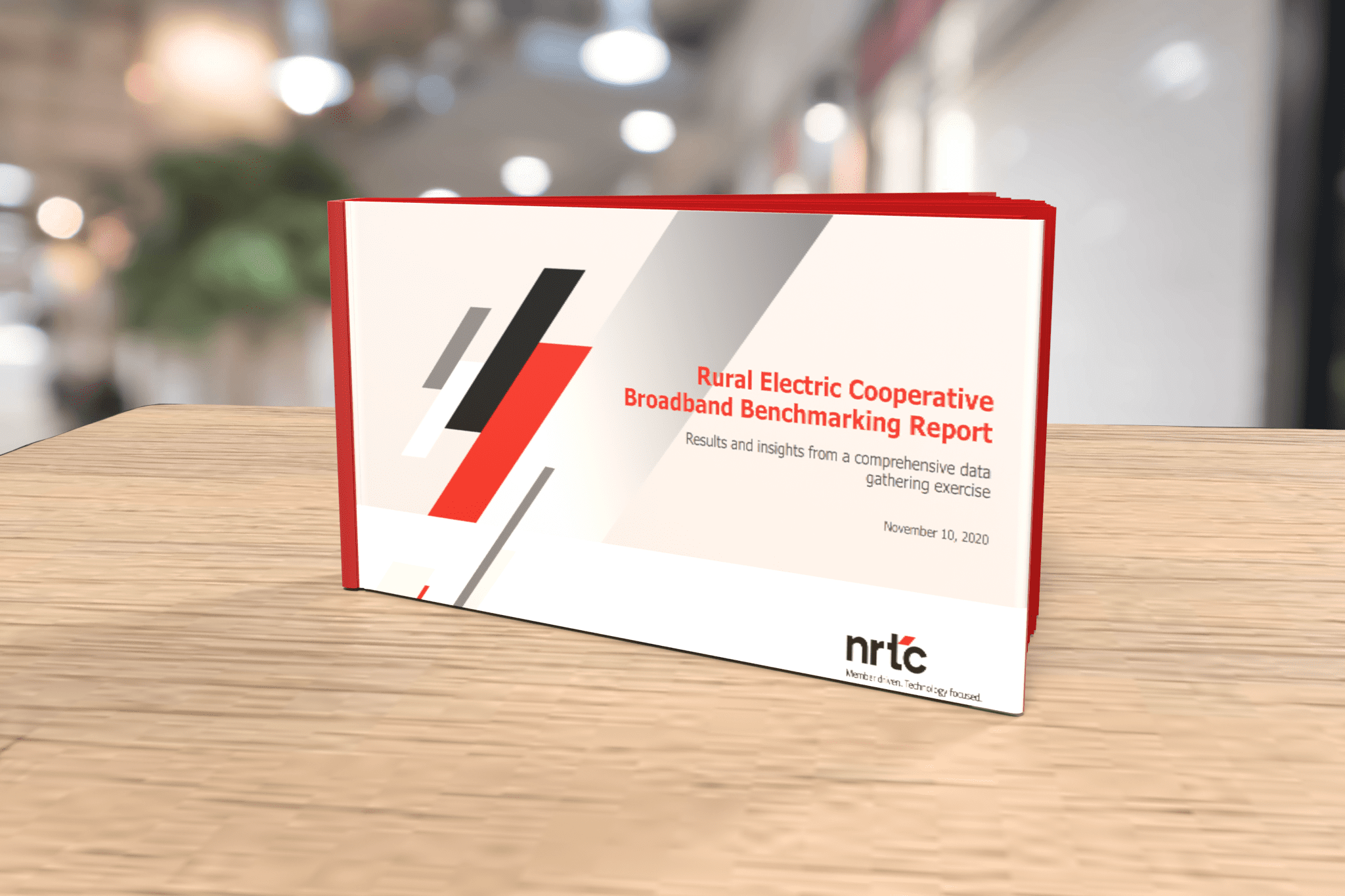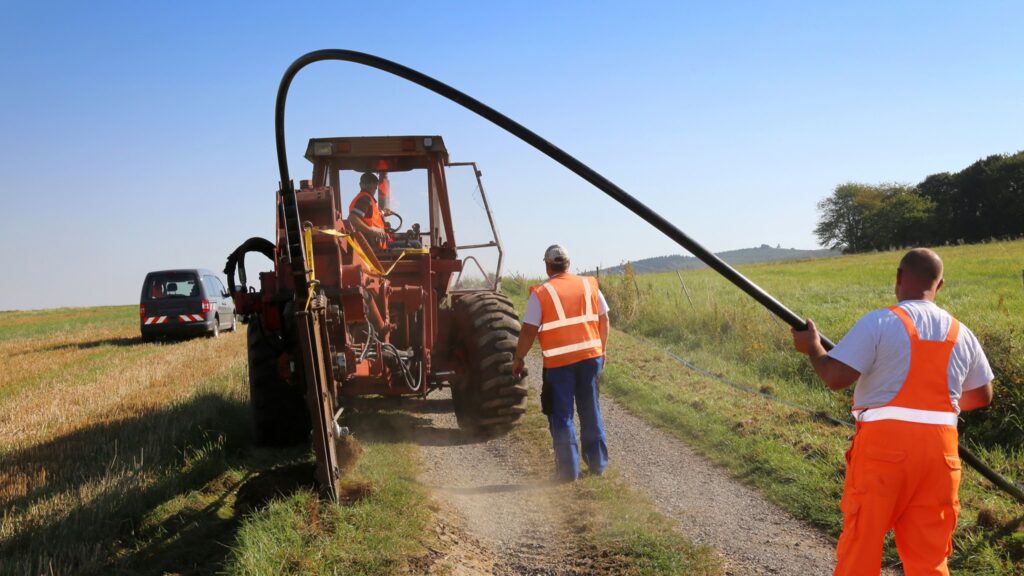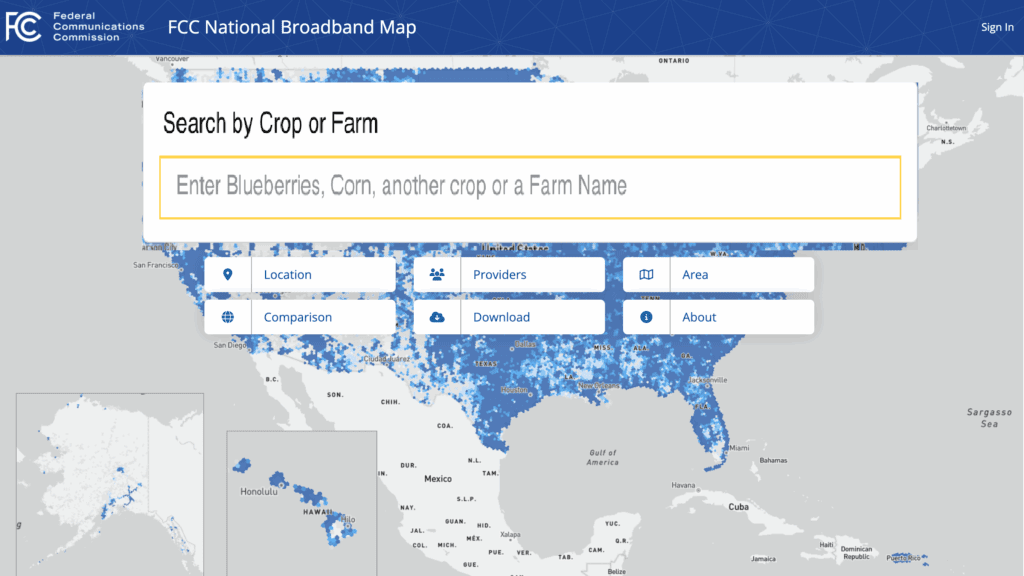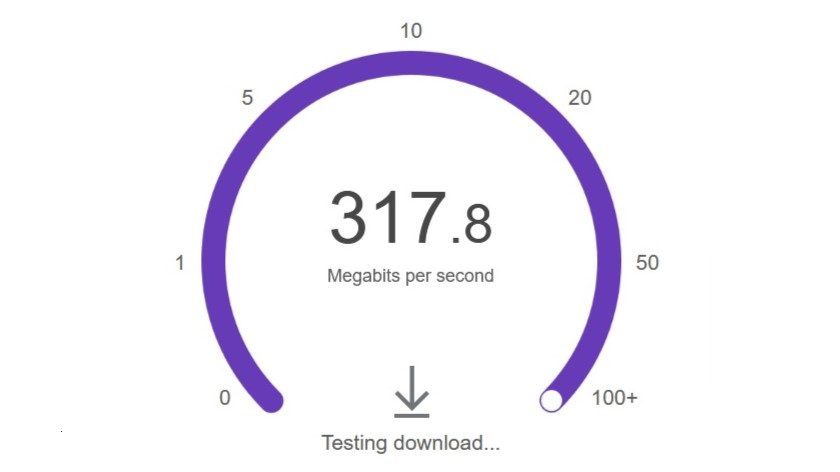Electric Co-ops Curious About Broadband Costs
Randy Sukow
|

Much of the Q&A portion of CFC’s Extra Credit Education Series webinar last week centered around the cost of building rural broadband facilities. The webinar featured speakers from NRTC who reviewed the highlights if its recently published “Rural Electric Cooperative Broadband Benchmarking Report” (PDF). The report reveals the experiences of 36 successful electric co-op broadband projects, with insights into all start-up aspects, including costs.
“Generally, fiber will be more expensive at first,” said Ted Solomon, NRTC’s Ted Solomon, VP, Strategy & Corporate Development, in response to a question about the comparative costs of fiber and other broadband technologies. “If you’re in a fairly open area with line of sight, it’s safe to say wireless will be a more cost-effective solution, but never at the speeds that fiber can produce. That’s the trade off.”

But many more factors go into the choice of a technology. Wireless signals do not carry well in areas that are heavily wooded or in hilly or mountainous regions. “Then you have to do a really good propagation study to understand what the cost of wireless will be versus fiber,” Solomon said. If a wireless project requires building a large number of tower sites, it may well be that fiber deeper into the networks is the better value.
Another cost factor is the time it takes to plan a build a broadband network. Participants in the NRTC report usually completed deployment within four to six years with an average of about three years, depending on the size of the project in terms of distance and the number of homes passed. Report participants averaged 17,000 homes passed.
“You might have a small cooperative that can build a project in a year or two, but many of the projects that we see are very large … a thousand miles, 2 thousand miles, 4 thousand miles. The bigger the project, the more complicated the project management is and the more resources you put behind it,” said Rudy Tober, chief marketing officer for NRTC Broadband Solutions.
“Every mile is different,” Amy Lingle, an NRTC Broadband Solutions operational accountant added. “After you start construction changes are made. I think that contributes a little [to cost] as well.”
Building in non-member areas also affects costs and planning. Seventy-five percent of report participants said they already had begun offering service in areas where they don’t provide electric power and another 18 percent said they were planning such projects or evaluating the option.
“When you get into those non-member areas, you have to do a bit more work with pole-attachment fees or building underground,” Lingle said. Most co-ops are not considering opening membership to broadband-only customers, she said.
CFC members can contact CFC for a recording of the webinar. “The Rural Electric Cooperative Broadband Benchmarking Report” is available on the NRTC website.


